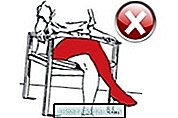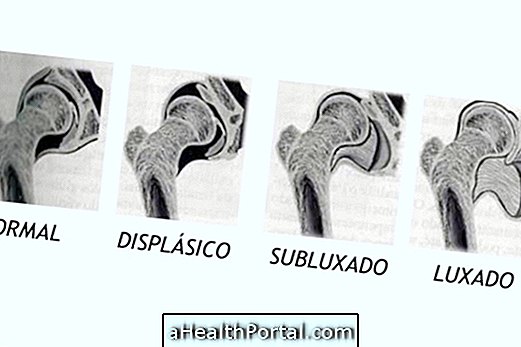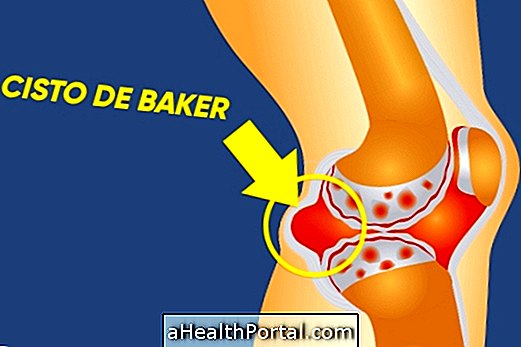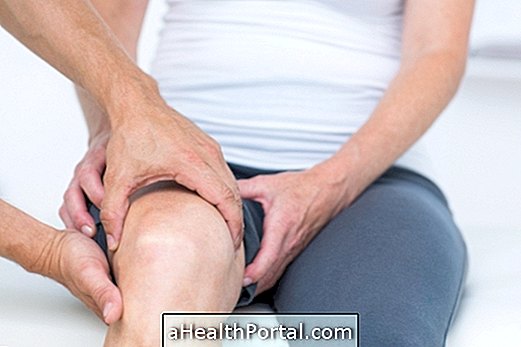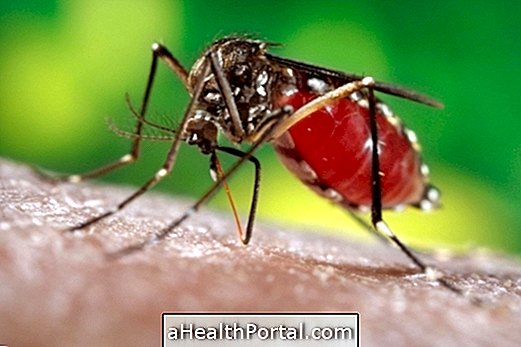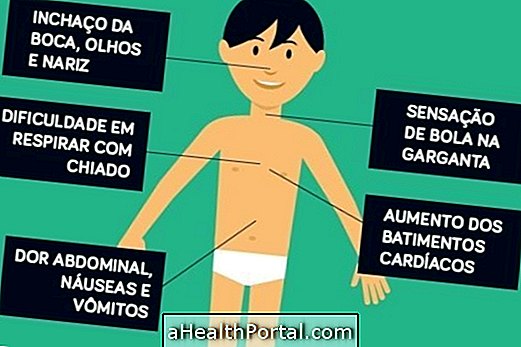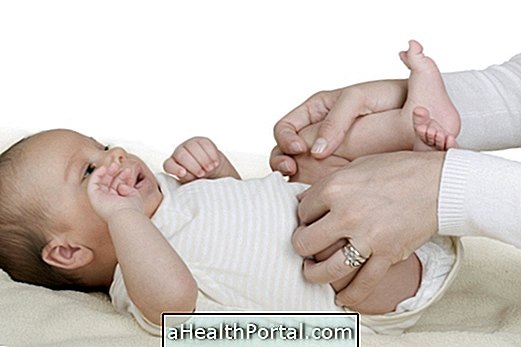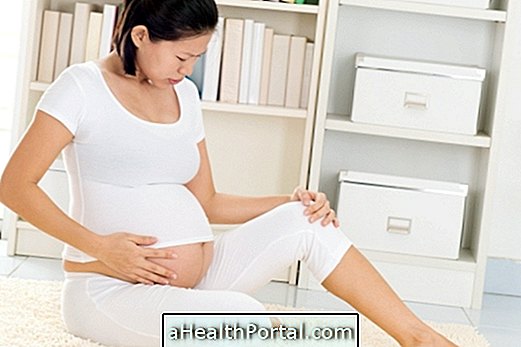Knee twisting, also known as knee sprains, occurs due to excessive stretching of the knee ligaments that in some cases eventually rupture, causing severe pain and swelling.
This can happen during the practice of some sports, due to the execution of sudden movements or due to an injury caused by the impact of some object with the knee. The treatment consists of resting, applying ice and compression on the spot, however, in more severe cases, surgery may be necessary.
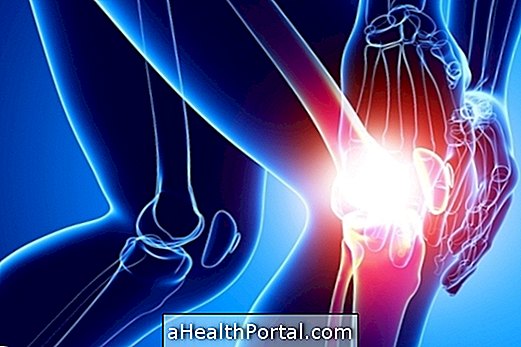
What are the symptoms
The signs and symptoms of a knee twist usually include severe pain and swelling, limitation of movements and in some cases you may hear a noise at the time of injury.
In addition, in some situations, the knee may turn purple and bleeding may also occur within the joint.
Possible causes
Knee twisting occurs most often during physical exercise, in the practice of sports such as basketball, football, tennis, volleyball or gymnastics, for example, when something hits the knee from the outside, when there is a sudden change of direction, when the body turns on the supported foot or when it lands of an abrupt leap, for example.
In these cases, an abnormal rotation of the femur may occur in relation to the tibia, leading to excessive stretching of the ligaments and meniscus, and rupture of these ligaments may occur.
How is the diagnosis made?
The diagnosis consists of a physical examination that evaluates the movement, swelling and the sensitivity of the knee in relation to the healthy one.
If necessary, diagnostic means such as X-ray, MRI or ultrasound can also be used.

What is the treatment
Usually, the treatment is started with rest, avoiding to the maximum to place the foot in the ground, so as not to make weight on the knee. For this, the leg should be kept high and for people to move, crutches may be used.
During the resting period, ice packs can be applied to the knee for about 30 minutes every hour, increasing the range of applications over the days and elastic stockings or compression bandages that help to immobilize the knee.
The doctor can also advise a rehabilitation therapy with the help of a physiotherapist, who will help regain movement, strength and balance and in some cases may prescribe analgesic and anti-inflammatory remedies.
In some cases surgery may be necessary, especially if the injured person is young or is an athlete who wants to continue to play sports. In addition, this procedure is also advised in situations where the injury compromises day-to-day activities or where the injury is very serious.
Recovery time depends largely on the severity of the knee twist, but athletes can usually re-engage in sports about 12 months after injury.

